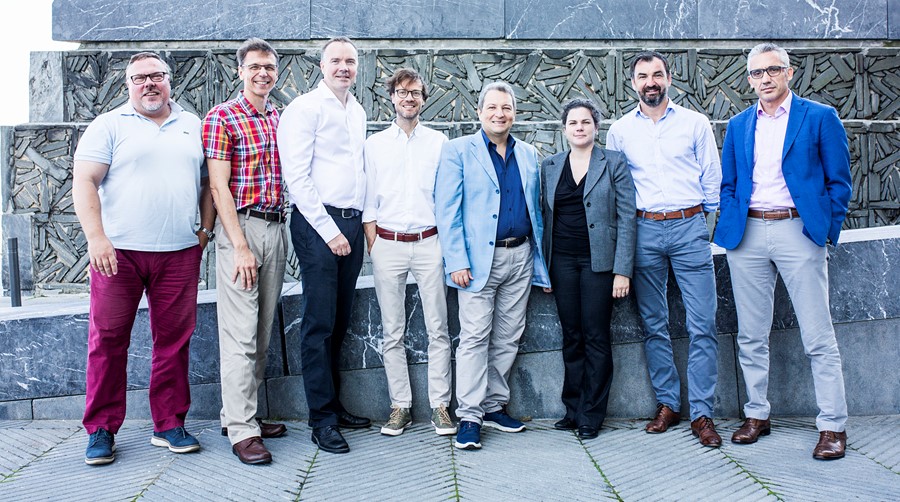Fostering Technological Breakthroughs
The Graphene Flagship Innovation team is tasked with bringing graphene from the lab to market.
The Graphene Flagship has been tasked with taking technologies based on graphene and related materials from the laboratory to commercial applications by 2023. This mission has put the project’s focus on its innovation efforts.
“During the first phase of the project we continued to witness the potential of graphene-based technologies to create market disruptions and transformational innovations,” says Graphene Flagship Head of Innovation Kari Hjelt. “In the next phase we continue to move from materials research towards component development and system-level integration. Our focus is in combining technology push and market pull by working with industry stakeholders to increase technology readiness levels.”
Beginning in April 2018, the Graphene Flagship’s innovation team has hired business developers to help bridge the gap between the laboratory and the marketplace. Each business developer serves a specific graphene application area and help to identify industry needs and how graphene can address them.
“The business developers are the key players in creating the network connecting our research efforts to industry. Their task ranges from scouting the recipients for our technologies to being messengers from industry when it comes to industry trends, needs and roadmaps. They arrange workshops and help teams to create business models,” Hjelt says.
To further the transition towards technology ready applications, the Graphene Flagship will now fund a number of spearhead projects, each with well-defined, application-oriented objectives that are motivated by market opportunities.
These spearheads will focus on a wide range of application areas, from solutions for 5G data transmission to solar energy and wearable electronics, but all have the common goal of developing new or improved products with integrated graphene or related materials (GRM).
“All of the spearhead projects have strong company involvement and are committed to producing industrial prototypes within two years in order to spur interest among companies that are currently not involved with the Graphene Flagship,” says Graphene Flagship Director Jari Kinaret.
“The spearhead projects target GRM commercialization in very specific highlight application areas,” says Thomas Reiss, deputy leader of the Graphene Flagship’s industrialisation team.
“Success in any of these projects may drive the industrialisation of the whole field, and thus also enhance the impact of the Graphene Flagship in its entirety.”
“The collaboration with the battery spearhead team in the first phase of the project was a great success, with high mutual benefits,” agrees Henning Döscher, also on the industrialisation team. “Our future plans will certainly try to leverage that. Our initial Core 2 focus, investigations of perovskite/Si tandem photovoltaics and optoelectronic data communication, are carefully aligned to create highest impact in collaboration with the respective spearhead projects. Some of the other planned topics (such as sensors) should enable further collaboration potential.”




